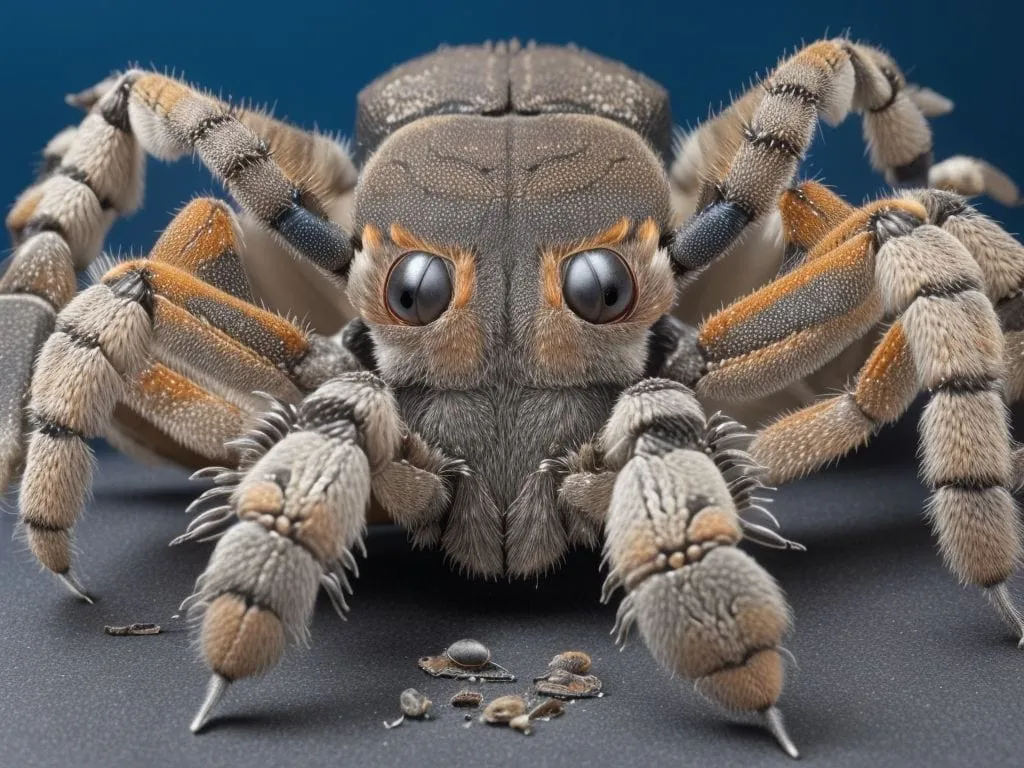What is Tarantula Molting?
Tarantulas, like all arthropods, have an exoskeleton. This rigid outer shell protects their soft bodies, but it doesn’t grow. As a tarantula grows, it must shed this outer layer, a process called molting. Molting is a critical part of a tarantula’s life cycle, allowing it to grow larger and replace damaged limbs or body parts. It’s a vulnerable time for the tarantula, and understanding the process is essential for responsible tarantula ownership. Proper care during this period can significantly impact your pet’s health and longevity. The tarantula essentially backs out of its old skin, leaving behind a perfect, albeit empty, replica of itself. This process, though fascinating, requires specific conditions and careful observation from the owner.
The Molting Process
Molting is a complex physiological process. The tarantula first forms a new, soft exoskeleton underneath the old one. Then, it absorbs fluids to swell and split the old exoskeleton, usually along the carapace (the top shell) and the abdomen. The tarantula then works its way out of the old skin, a process that can take anywhere from a few minutes to several hours, depending on the size and health of the tarantula. After molting, the tarantula is extremely vulnerable, as its new exoskeleton is soft and delicate. It will spend the next few days hardening its new shell. The tarantula will also be noticeably pale after the molt.
Hormonal Triggers
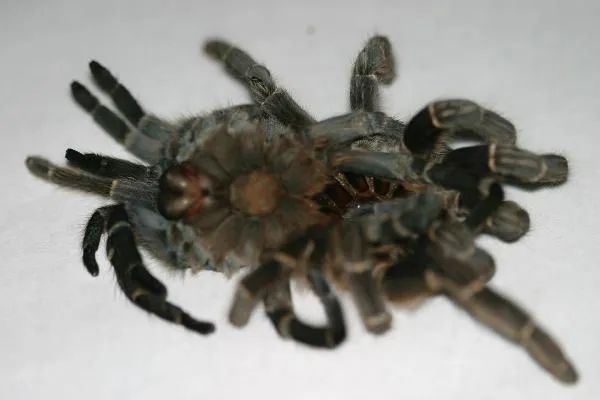
The molting process is triggered by hormones. These hormones signal the tarantula’s body to start the complex process of shedding its exoskeleton. Environmental factors, such as temperature and humidity, can also play a role in regulating the timing of molting, however the main trigger is the hormonal response. Factors such as the tarantula’s age, the availability of food, and the overall health of the tarantula also affect the molting frequency. Younger tarantulas molt more often than adults, as they are growing at a faster rate. The hormonal signals coordinate the complex processes that allow the tarantula to separate itself from the old exoskeleton and emerge with a new one.
Preparing for a Molt
Before a molt, tarantulas often exhibit specific behaviors that signal the upcoming event. They may become less active, stop eating, and may start to create a web mat or web cocoon. Some tarantulas will also turn upside down for several days before molting. Providing a suitable environment is crucial during this period. Make sure the tarantula has ample space to molt without obstructions. Observe your tarantula’s behavior carefully, and avoid handling it during this time. Proper preparation can greatly reduce the stress on the tarantula and increase the chances of a successful molt. It is important to maintain a consistent environment to avoid any disruptions that could interfere with the process.
Creating the Right Environment
Creating the right environment involves providing proper humidity, temperature, and a suitable substrate. The enclosure should be spacious enough for the tarantula to molt comfortably, with enough room to turn over without being obstructed by decorations or the enclosure walls. Avoid disturbing the tarantula during this time, as it will be extremely vulnerable. Make sure the enclosure is clean and free of any potential hazards. Providing a safe and secure environment is essential for a successful molt, and will help minimize the risk of complications.
Humidity and Temperature
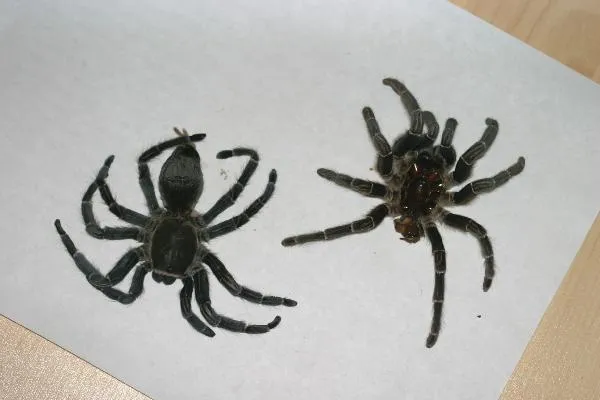
Maintaining the right humidity and temperature levels is crucial for successful molting. Tarantulas typically require a specific humidity range depending on their species. You can monitor humidity using a hygrometer and maintain it by misting the enclosure with water and/or using a substrate that retains moisture, such as coconut fiber. Temperature also plays a role, with most tarantulas thriving in temperatures between 75-85°F (24-29°C). Ensure the enclosure has proper ventilation to prevent mold growth. Stable environmental conditions will facilitate the molting process and promote your tarantula’s overall well-being. Consistent temperature and humidity are critical.
5 Must-Know Facts About Tarantula Molting
Fact 1: Avoiding Disturbances
The most important rule during a tarantula molt is to avoid any disturbances. Refrain from handling the tarantula, cleaning the enclosure, or making any sudden changes to the environment. Loud noises or vibrations can also stress the tarantula and disrupt the molting process. Allowing your tarantula to molt undisturbed significantly increases the chances of a successful molt. Observe from a distance and let the tarantula go through the process without any interruptions. Providing a calm and secure environment is essential for the tarantula’s well-being during this vulnerable time.
Fact 2: Signs of an Impending Molt
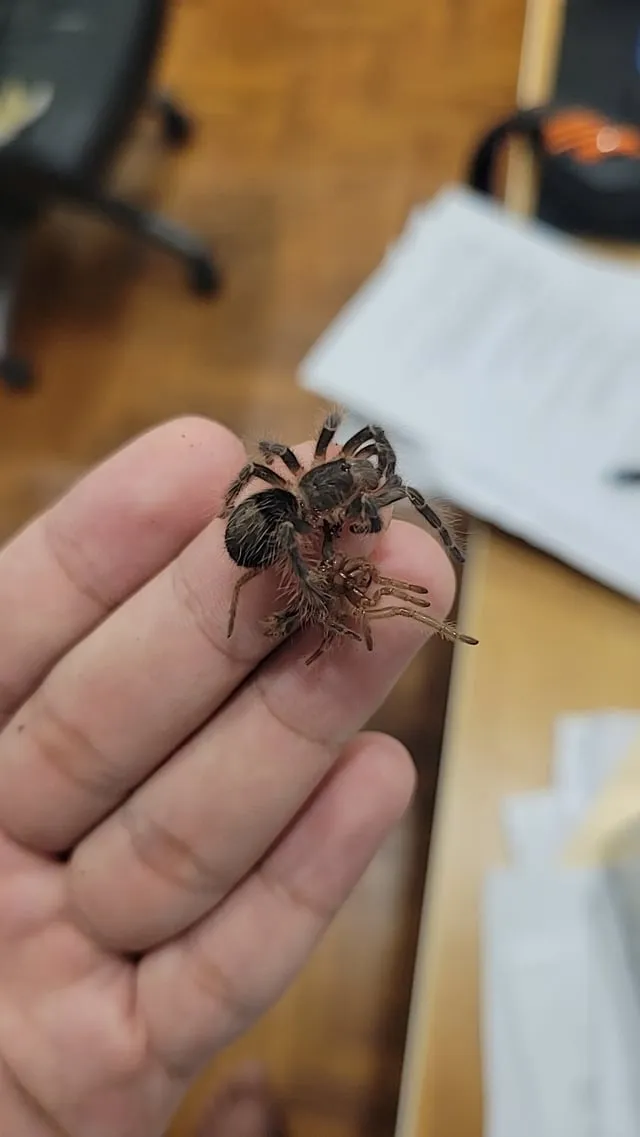
Tarantulas give off several signs before molting. These include reduced appetite, a darkening of the abdomen, and lethargy. The tarantula may also start to create a web mat or cocoon. Some will also turn upside down. If you observe these behaviors, reduce feeding and avoid any unnecessary handling. A tarantula’s abdomen will darken and get a bald spot before molting, also their legs can look very shiny, and they may also refuse food. Recognizing these signs helps you prepare and minimize disturbances. Understanding the pre-molt behaviors ensures you are prepared and ready to assist your tarantula during this critical life stage.
Fact 3: What to Do After Molting
After a molt, the tarantula will be extremely vulnerable. Avoid feeding it immediately, as its fangs and exoskeleton are still soft. Wait several days, or even a week, for the new exoskeleton to harden before offering food. Provide fresh water and maintain the appropriate humidity levels. Observe the tarantula for any signs of issues. Offer a small, appropriately sized prey item to start and increase the size gradually as the exoskeleton hardens. Do not handle the tarantula until its new exoskeleton has fully hardened; this may take several days or even weeks. Ensure that the enclosure is kept clean to avoid contamination.
Fact 4: Feeding Considerations
Feeding your tarantula appropriately after a molt is crucial for its recovery. Wait until the exoskeleton has fully hardened before offering food. Start with a small meal, such as a small cricket or mealworm, to test its appetite. Avoid overfeeding, as the tarantula’s appetite might be high. Monitor how the tarantula eats, and adjust the size of the prey accordingly. Ensure that the prey is appropriate for the tarantula’s size. Avoid feeding the tarantula too frequently immediately after molting to prevent any potential issues. Provide water to hydrate the tarantula after molting.
Fact 5: Disposal of the Exoskeleton
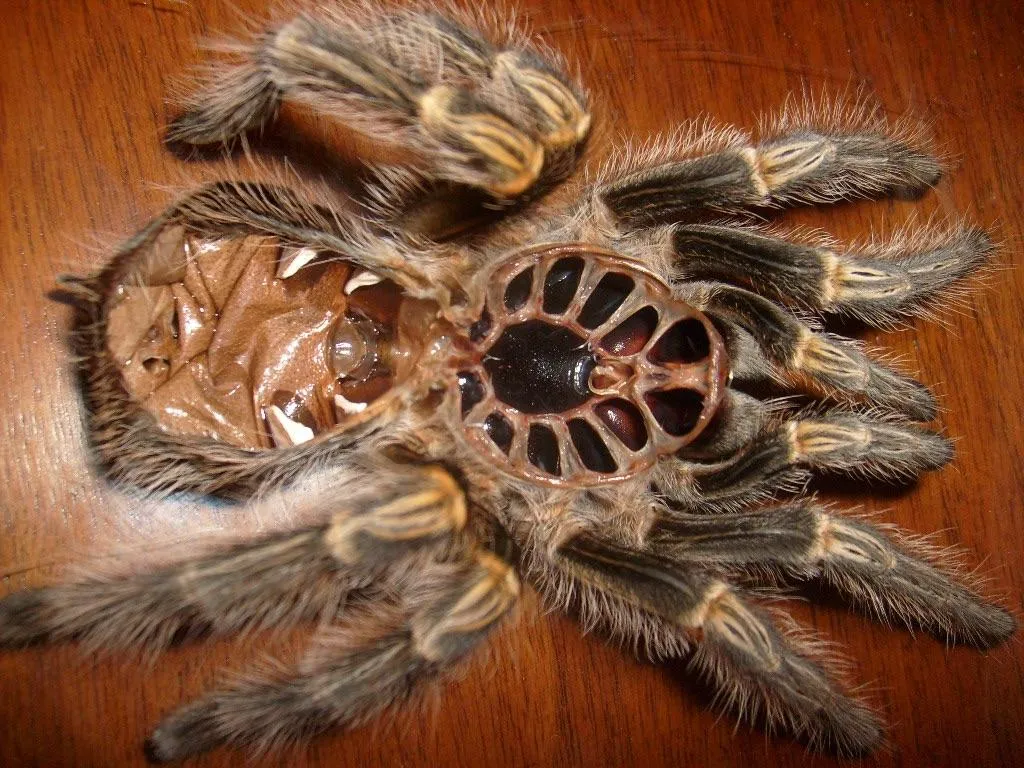
The discarded exoskeleton contains valuable information. You can examine it to determine the tarantula’s health and to note any damage. You can also discard it; some owners choose to keep the exoskeleton as a memento. If you discard it, do so carefully to avoid any contact with the tarantula, as it can still be vulnerable. Do not leave the old exoskeleton in the enclosure for too long, as it can attract mites and other pests. Keeping the enclosure clean is crucial to the health of your tarantula. Careful and prompt disposal is a key part of good tarantula husbandry. Examine the old exoskeleton to check for any issues.
Potential Problems During Molting
Stuck Molts
A stuck molt is a serious issue where the tarantula fails to fully shed its old exoskeleton. This can be caused by low humidity, dehydration, or an unhealthy tarantula. If you suspect a stuck molt, gently increase the humidity in the enclosure. Do not attempt to forcibly remove the old skin, as this can injure the tarantula. Consult a veterinarian or experienced tarantula keeper for advice. A stuck molt can lead to infection, limb loss, or even death. Careful management of the environment and proper care are important to reduce the risk of a stuck molt. Prompt action is needed if you suspect a stuck molt.
Dehydration
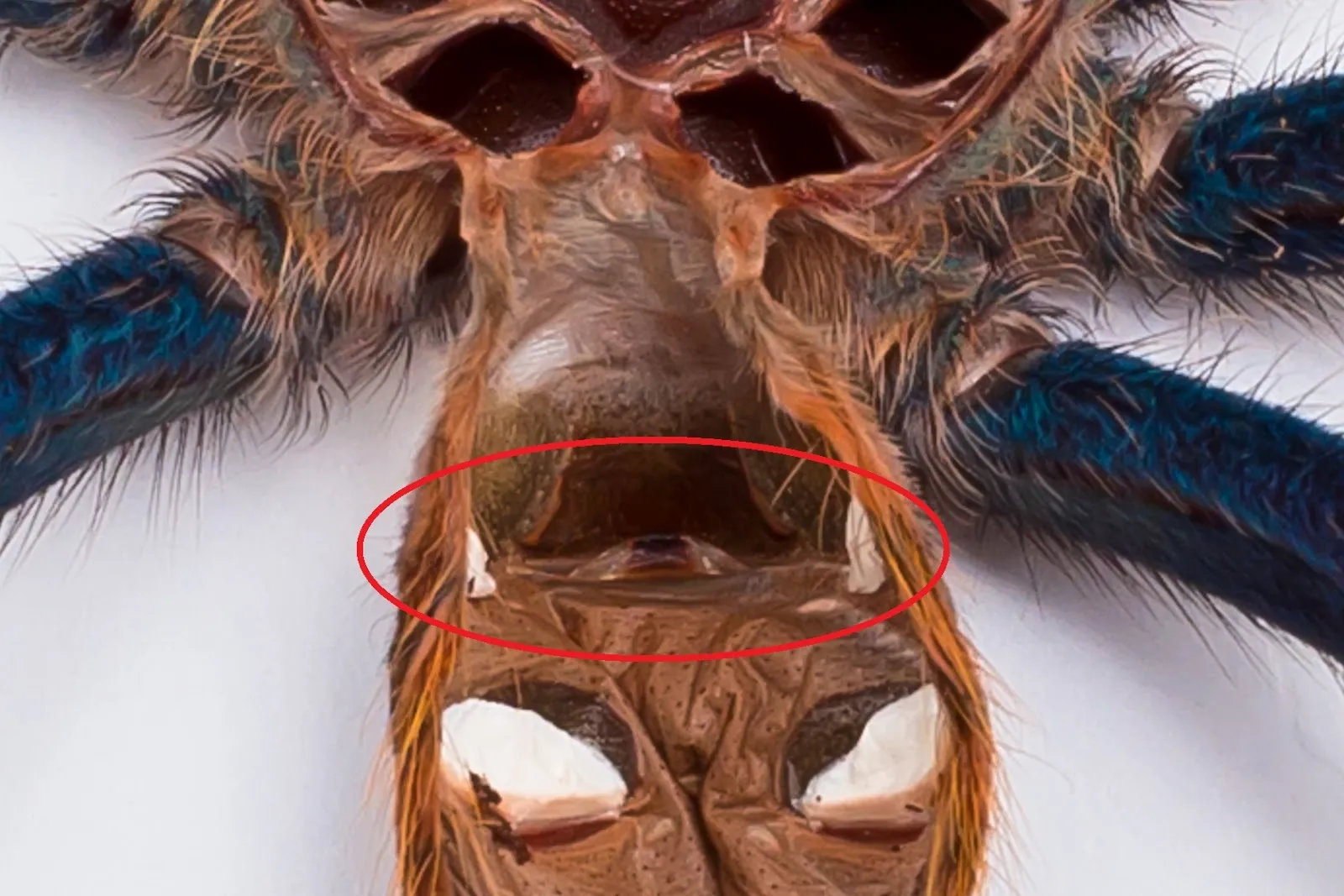
Dehydration can also complicate the molting process. A dehydrated tarantula may have difficulty shedding its exoskeleton. Ensure that your tarantula has access to fresh, clean water at all times. You can also mist the enclosure to increase humidity. If you suspect dehydration, consult a veterinarian. Dehydration can affect the overall health of the tarantula and make the molting process difficult. Keeping your tarantula hydrated is key to healthy molting and overall wellbeing. Proper hydration will give your tarantula the best chance of a successful molt.
Conclusion
Molting is an amazing and natural process for tarantulas, but understanding and supporting your pet during this period is critical. By knowing the signs of an impending molt, providing the right environment, and avoiding disturbances, you can ensure your tarantula’s health and well-being. Remember to be patient, observe your tarantula closely, and provide the proper care. With proper knowledge and care, you can help your tarantula thrive through every molt. Careful observation and care will provide the best chances for your tarantula to thrive.
